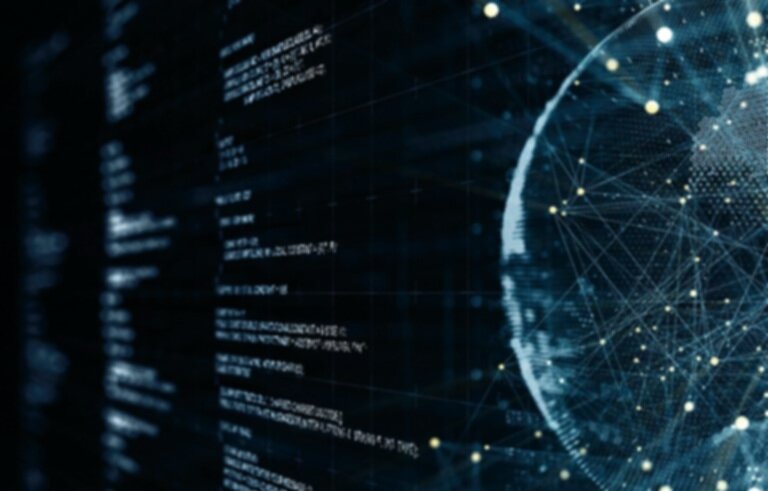
Situational Awareness
Defined.
Situational Awareness (SA) can be simply defined as “knowing what is going on around us”, or more technically as “the perception of the elements in the environment within a volume of time and space, the comprehension of their meaning and the projection of their status in the near future“.
SA is a field of study concerned with understanding the environment critical to decision-makers in complex, dynamic, and endless areas in both Private and Public Sectors.
Lacking or inadequate SA has been identified as one of the primary factors in accidents attributed to human error; therefore is especially important in work domains where poor decisions may lead to serious consequences.
Technology.
Situational Awareness technology goes beyond Internet of Things (IoT) devices. IoT describes the network of physical objects (“things”) that are embedded with sensors, software, and other technologies for the purpose of connecting and exchanging data with other devices and systems over the Internet.
The software is the most critical, as it draws together all of the IoT data feeds. 40Geo’s Platform, Raptor, captures, aggregates and integrates all the necessary data, customized for each client, regardless of format.
Our clients have a comprehensive, informed, action-ready understanding of their domain, delivering more information more quickly to end-users, and ultimately improving situational awareness at the organizational level.
Results.
Having a comprehensive understanding of real-time location, timing, and context of events as they occur is critical for operational success. Investing in this technology brings an array of necessary situational awareness that helps bring about a complete transformation.
Through 40Geo’s Raptor Platform, Big Data and Machine Learning is creating SA capabilities for government and commercial organizations. By increasing sensitivity to subtle indicators, these techniques can help identify developing situations early, improving operational efficiencies and responsiveness. Transforming data into actionable intelligence will help organizations see the big picture and bring clarity to complex scenarios.
Some examples include: Supply Chain Management, Risk Reduction, Command and Control, Disaster Management and Recovery, Consistent Monitoring of assets and more.




